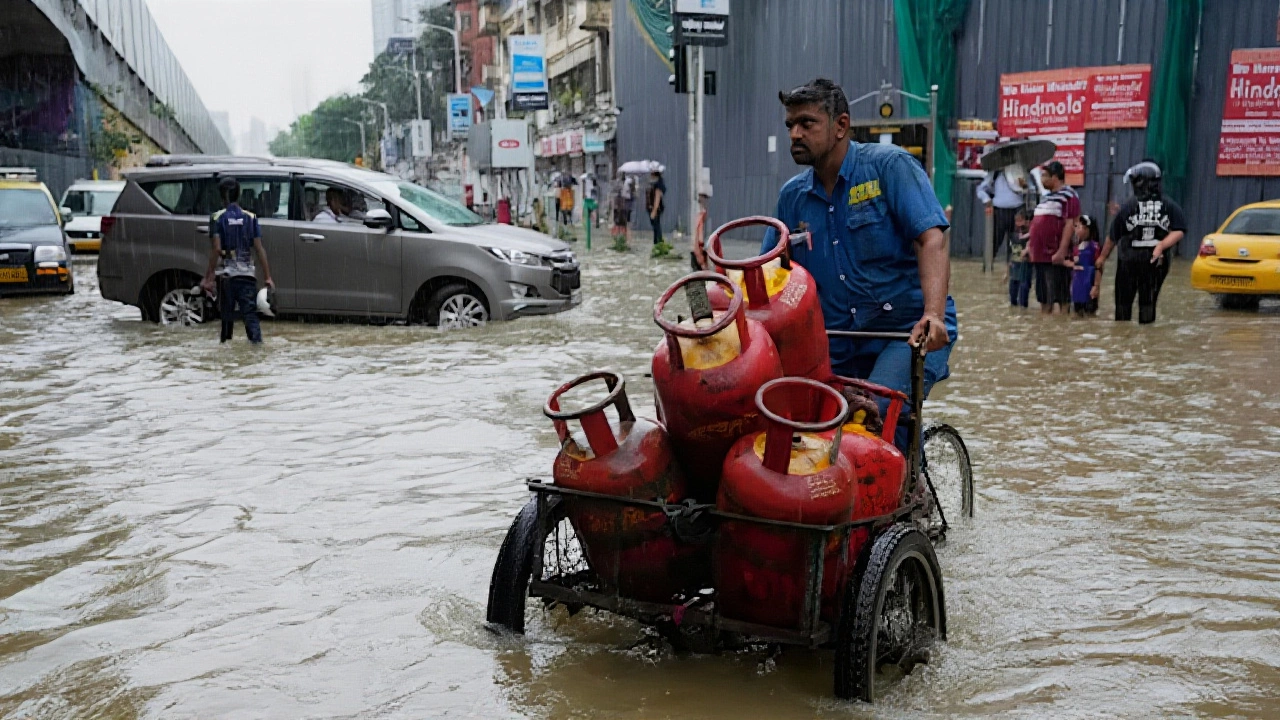India Meteorological Department – Weather Insights and More
When you hear India Meteorological Department, the government agency that tracks weather, issues forecasts and warns about storms across the sub‑continent. Also known as IMD, it serves as the nation’s primary source for atmospheric data and alerts.
The core service of weather forecasting, the process of predicting temperature, precipitation and wind using satellite imagery, radar and surface observations relies heavily on high‑resolution satellite data and a network of ground stations. Accurate forecasts enable airlines to plan routes, farmers to time sowing, and commuters to avoid sudden downpours. In fact, India Meteorological Department blends modern technology with decades of expertise to deliver daily outlooks that millions trust.
One of the most watched tasks is monsoon prediction, the seasonal forecast that estimates the arrival, intensity and distribution of monsoon rains across India. This prediction directly influences agricultural policy, crop insurance premiums and even the scheduling of major cricket tournaments. When the monsoon is late or uneven, the department issues bulletins that help ministries adjust water‑release plans and enable farmers to protect yields.
Beyond short‑term outlooks, the department conducts climate monitoring, the long‑term tracking of temperature trends, sea‑surface changes and greenhouse‑gas levels. These records feed into climate models that assess risk for extreme events like cyclones, heatwaves or floods. By identifying patterns early, the agency supports disaster management, the coordinated effort of government bodies to prepare for, respond to and recover from natural hazards teams, allowing evacuations and resource allocation before a storm hits.
Why does all this matter to you? A rain‑interrupted cricket match, a school closure due to heavy showers, or a farmer’s decision to delay planting are all linked to the department’s alerts. Recent articles have shown how unexpected weather reshaped India’s ninth Asia Cup title, how women's cricket teams adjusted tactics after a sudden downpour, and how loan officers factor climate risk into personal loan approvals. Even debates about the education system reference how monsoon‑related disruptions affect school attendance, highlighting the department’s indirect influence on policy discussions. Understanding these connections helps you see the bigger picture: weather isn’t just a headline; it’s a thread that weaves through sports, education, finance and everyday planning. The collection below dives into real‑world examples of how accurate forecasts, monsoon insights, climate data and disaster preparedness shape decisions across the country.
Why staying updated matters
Whether you’re a student checking if classes will be canceled, a sports fan wondering whether rain will delay a game, or a small business owner assessing flood risk, the information from the India Meteorological Department equips you with actionable knowledge. Timely alerts can save money, protect health and keep schedules on track. Browse the articles below to see specific cases where weather data made a difference, and learn how you can use the same resources for your own planning.
Ready to explore? The posts that follow illustrate the department’s role in everything from cricket victories to educational challenges, giving you a clear view of how weather shapes life in India.
- Maxwell Harrington
- 0 Comments
IMD Warns of Extreme Rainfall Across India from Late November to Early December 2025
The India Meteorological Department warns of extreme rainfall from late November to early December 2025, with Tamil Nadu, Kerala, and the Andaman Islands facing very heavy rain, while northern regions brace for freezing temperatures and thunderstorms.
View More- Maxwell Harrington
- 0 Comments
Cold Wave and Dense Fog Alert Across North India as Temperatures Plummet on January 23, 2025
Cold wave and dense fog warnings issued by the India Meteorological Department on January 23, 2025, affect North India, with temperatures dropping 2–4°C and AQI reaching 136 in Chandigarh, posing health risks to vulnerable populations.
View More- Maxwell Harrington
- 0 Comments
West Bengal Braces for Heavy Rainfall as Western Disturbance Peaks Oct. 6
India Meteorological Department warns West Bengal of heavy rainfall until Oct. 6, 2025, as a Western Disturbance peaks, prompting flood alerts and traffic warnings.
View More

